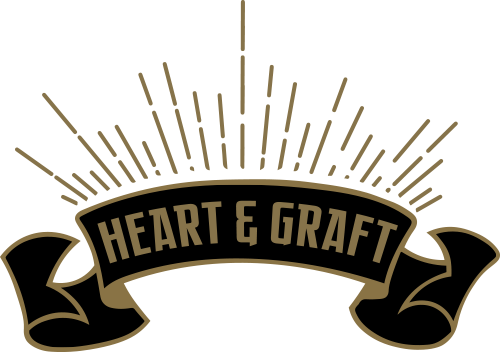Tell me about Indonesian coffee!
At Heart & Graft we have always had a soft spot for Indonesian coffee. Broadly the coffees from this nation of thousands of islands are big, bold and heavy bodied. Spicy, earthy and tobacco flavours are often suggested taste notes. As you drill down into the detail of the different producing regions though you begin to realise just how amazingly complex and diverse these coffees are. Indonesia is one of the largest coffee producing areas in the world. An increasing vigour for driving quality focussed projects means the future of coffee in this part of the world is at a very exciting stage.
How did coffee get in Indonesia?
First let us go back to the start of coffee production in Indonesia. We will then focus on Sumatra, as that is where our new coffee released next week comes from. The Dutch East India Company (DEIC) is responsible for bringing coffee to Indonesia. Well established trade routes saw the governor of Malabar (India) send his counterpart in Batavia (Jakarta) seedlings in the late 17th century. Gradually these seedlings began to produce the first generation of coffee plantations on Java island. The DEIC then transported the finished coffee back to Amsterdam.
Demand for coffee in Europe was on the rise, with the commodity becoming increasingly prized. Coffee from Java was so popular and infamous that it has endured to this day as a slang name for a cup of coffee. As very few large scale plantations were established yet globally this new producing region became crucial. Importantly it became very profitable.
The gradual roll out of coffee production across Indonesia meant that coffee produced in this region was a huge business. It took coffee from being a luxury product that few could afford, to a product that the general public began to enjoy. The “East Indies” as Indonesia was part of back in the day, was the largest global supplier of coffee until Brazil entered the market in 1840. Indonesia still sits high up on the largest producers of coffee globally, usually in the top 5.
What is Sumatran coffee?
Sumatran coffee is a fascinating example in the numerous coffee styles that Indonesia produces. There is significant diversity in the flavour profiles and cupping notes of the coffees from the island. Coffee from the East of the island is mostly lower grown. This gives incredibly low acidity and intensely heavy bodied earthy notes. To the West and North of the island are highlands. Here is where you will find your more complex and unique cup profiles. Huge coffee production is focussed in the North around Lake Toba. This area is often cited as one of the most beautiful coffee producing regions in the world.
Aceh province on the very Northern tip of the island is particularly prized for the fantastic cup profiles it has to offer. The way coffee is farmed Aceh is mostly via the smallholder method. Lots of small scale farms combining their lots of coffee into a larger lot for export. This method of farming and producing can be double edged. On one hand you can often get variability and inconsistency in the cup profile. Sometimes you can get lots of poor quality coffee mixed into the lot. However this variability can often be a good thing if the coffee quality is good. Lots of different coffee varietals and levels of fermentation mixed in to offer a truly unique cup.
Giling basah coffee?
“Giling Basah” wet hulling method is a fascinating process that could have it’s own blog post. In short the coffee is fermented in cherry for up to a few days. This means that yeasts, sugars and acids all begin to ferment the beans and give some wacky flavours. The coffee is then hulled “wet”, meaning the parchment is taken off the beans before drying. This process can be damaging sometimes to the beans. You may see chipped or squashed beans that look like goat hooves! This is all normal and part of the unique character of this style of coffee.
This video here by our friends at Cafe Imports shows the process in more depth. The effect of this processing lowers the acidity level of the beans slightly. It is more a cooked/dried fruit style and gives them a funky body that is totally unique in the coffee world.
Can I try some?
We love these coffees for their wild, untamed cup profiles and their huge punchy depth. We realised that we haven’t had a Sumatran coffee for four seasons so decided to find one! After endless cupping we have come up with an absolute belter. As an espresso you get lots of punch, with wild fruit flavours and delicious herbal notes. As a flat white you get all of that elevated by the lactic deliciousness of milk. Keep your eye on the shop, instagram and mailing list to buy a bag of our brand new Sumatran Aceh coffee next week!

